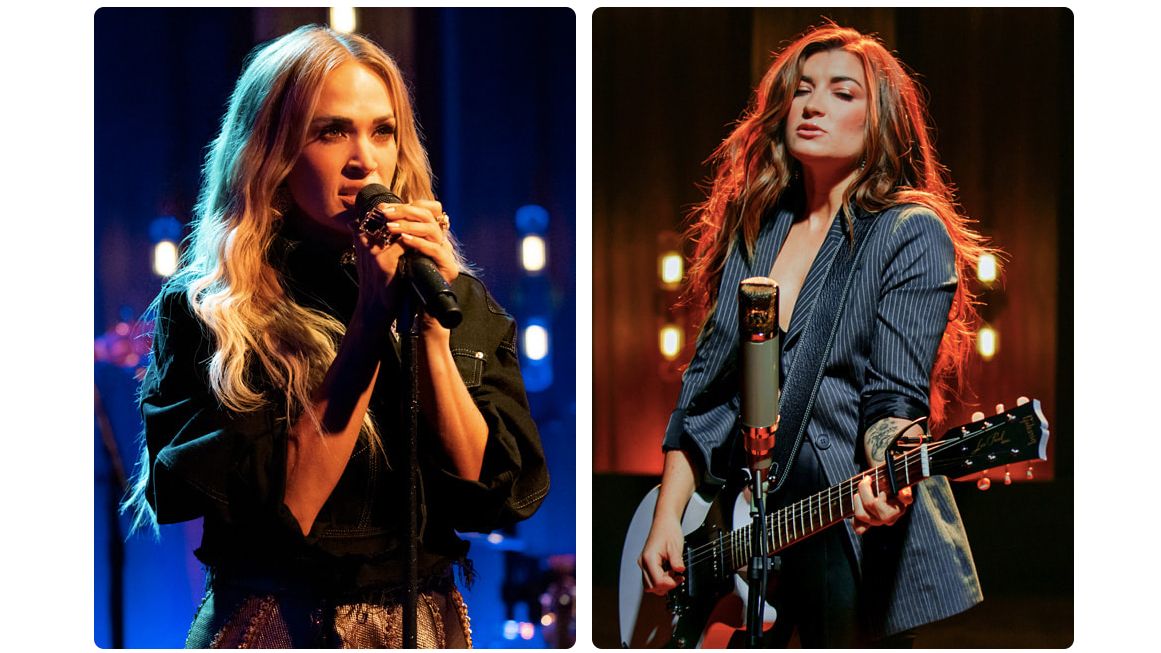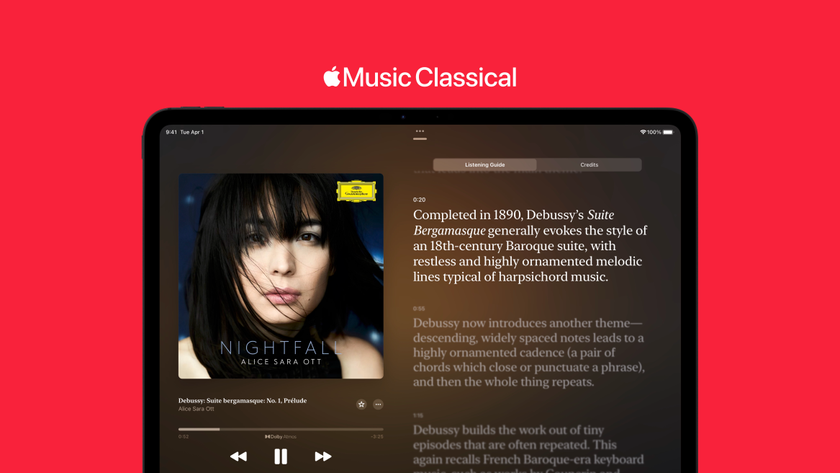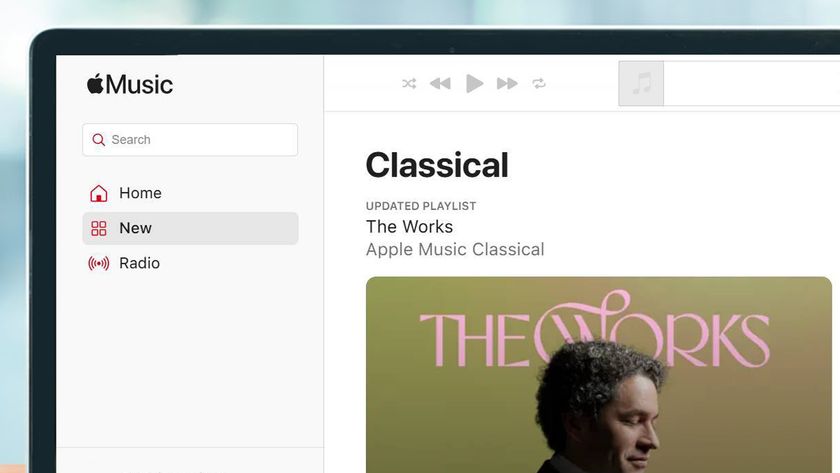Why Apple Music Sessions will be the best use of Spatial Audio yet
Apple's new live releases in Spatial Audio make Spotify look old…

It's like Radio 1's Live Lounge (if you're a Brit) or MTV's Unplugged (if you're old enough to remember the early ’90s) but this time, we get to enjoy it in Apple Music's glorious, immersive, Dolby Atmos-enhanced Spatial Audio.
What's the deal? Good question – and if you're an Apple Music subscriber, you need to keep reading.
Apple just introduced Apple Music Sessions. The free rollout gives Apple Music subscribers, which total around 98m or thereabouts (my membership is somewhere proudly within that number) exclusive access to live releases featuring some of the world’s most prolific artists and emerging artists, all in Spatial Audio.
Apple explains that the sessions are being recorded in Apple Music studios around the world, thus giving artists the opportunity to reimagine and recreate hits from their catalog, and to lay down new creative covers.
And one of the best bits is that these unique performances are also filmed, resulting in a live collection comprised of all-new Spatial Audio music tracks (Apple tech which recently celebrated its first birthday for music) and companion live performance music videos.
The initial releases both have a country flavor in that they come from Carrie Underwood and Tenille Townes, recorded out of Apple Music’s new state-of-the-art studios in Nashville, Tennessee. Both releases include three audio tracks and three videos – and having heard them, I can tell you there is much to celebrate.
Opinion: Apple Music is just making Spotify look bad at this point – and Netflix too
Netflix recently launched Spatial Audio – but like Dolby Atmos (whose badges seem to be cropping up with alarming regularity on tablets such as the Amazon Fire HD 10 Plus, where the ability to deliver truly immersive overhead sound from those tiny onboard speakers cannot possibly match that from a 9.1.7 recording studio or theater) not all Spatial Audio is created equal.
Get daily insight, inspiration and deals in your inbox
Sign up for breaking news, reviews, opinion, top tech deals, and more.
This is because Netflix delivers its Spatial Audio content using AMBEO 2-Channel, a technology it licences from Sennheiser that lets sound mixers adapt Dolby Atmos soundtracks for Spatial Audio presentation over stereo speakers.
Apple's Spatial Audio system, meanwhile, uses a 5.1, 7.1 or object-based audio track such as Dolby Atmos and as we know, Apple also makes the hardware with which to enjoy its Spatial Audio offering more fully. If you're listening to Apple Music Sessions on the Cupertino giant's own AirPods Pro, AirPods Max or AirPods 3, these headphones take the Dolby Atmos music recording and process it on-device for a leveled-up, head-tracked sound experience.
And let's not forget, Apple's original HomePod supports Spatial Audio too – although not the HomePod mini. If the hotly-anticipated and still unofficial HomePod 2 supports Apple Music's Dolby Atmos-enhanced music, we'll all be in for a rare treat.
Now, Spotify. The whole Apple Music Sessions concept seems like Apple's response to Spotify Sessions (hardly a subtle one, is it?), but let's be honest – we know who wore it best. Spotify has yet to launch its higher-resolution Spotify HiFi tier (which it promised to unveil by the end of 2021, but didn't) or to add any Dolby Atmos-enhanced music to its ouevre.
Despite recently hiking the prices of its student plan, Apple Music is, in my opinion, a cut above the rest and now superior even to the longstanding audiophile choice, Tidal. And with personalized Spatial Audio on the horizon and more Sessions promised, Tim Cook's behemoth has just laid down the best case for switching music streaming services yet.

Becky became Audio Editor at TechRadar in 2024, but joined the team in 2022 as Senior Staff Writer, focusing on all things hi-fi. Before this, she spent three years at What Hi-Fi? testing and reviewing everything from wallet-friendly wireless earbuds to huge high-end sound systems. Prior to gaining her MA in Journalism in 2018, Becky freelanced as an arts critic alongside a 22-year career as a professional dancer and aerialist – any love of dance starts with a love of music. Becky has previously contributed to Stuff, FourFourTwo and The Stage. When not writing, she can still be found throwing shapes in a dance studio, these days with varying degrees of success.











